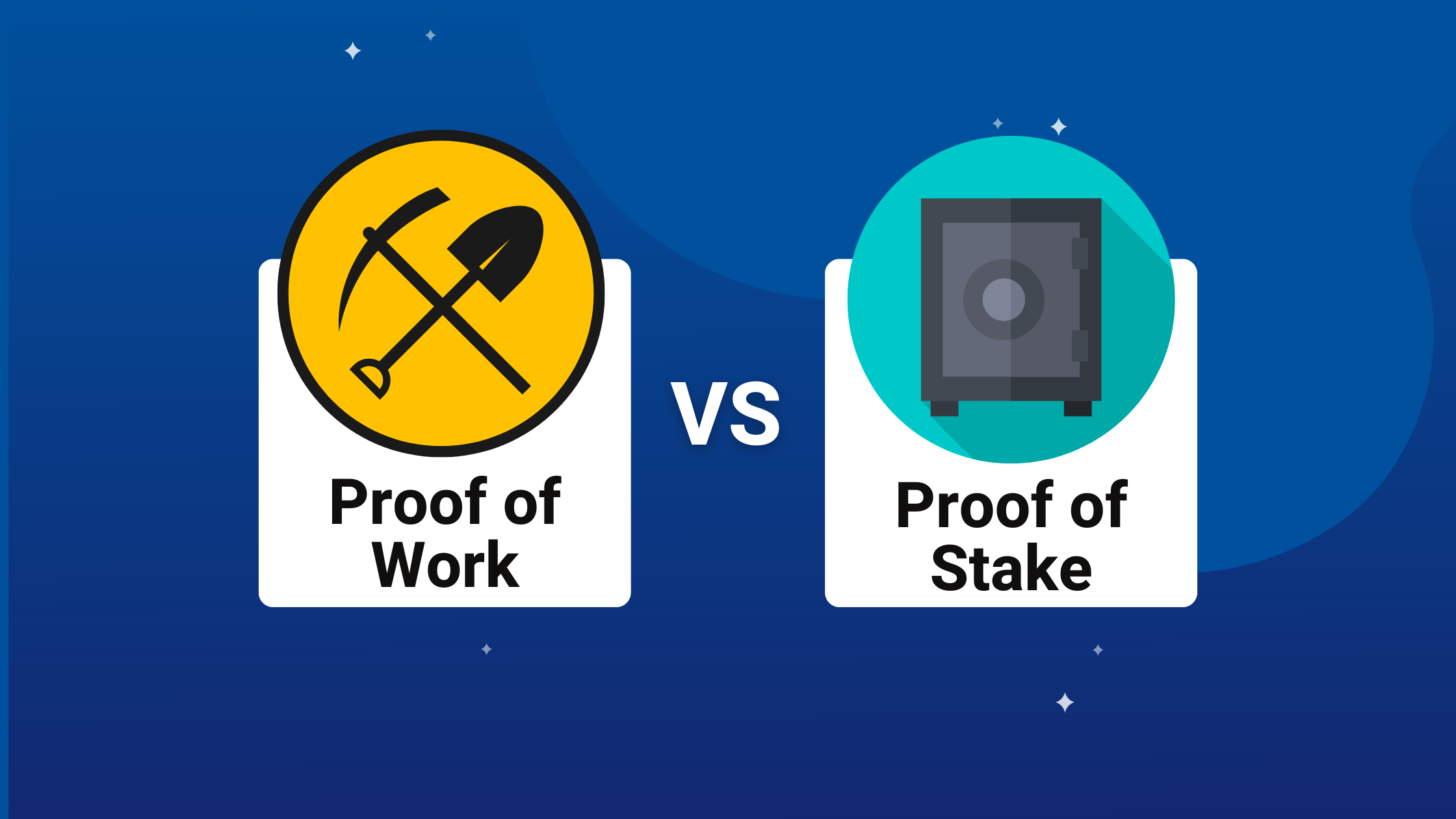- Advertorial & DMCA Protected -
Act immediately! Niki Profit is supercharging participants' earnings! Claim your spot before the
exclusive invite vanishes! 
Proof of Work vs. Proof of Stake: What’s The Difference?

Cryptocurrencies use two primary consensus mechanisms to validate new transactions, add them to the blockchain, and create new tokens: Proof of Work (PoW) and Proof of Stake (PoS). Proof of Work (PoW), employed by Bitcoin, relies on mining, whereas Proof of Stake (PoS) uses staking to achieve similar objectives.
What is Proof of Work?
Bitcoin pioneered the Proof of Work consensus method. The concepts of mining and Proof of Work are closely linked. Known as “Proof of Work,” it requires substantial processing power to operate. Miners worldwide secure and validate PoW blockchains by competing to solve mathematical puzzles first. The miner who solves the puzzle gets to update the blockchain with the latest confirmed transaction and receives a fixed amount of cryptocurrency as a reward.
Proof of Work has several benefits, especially for a fundamental yet highly valued cryptocurrency like Bitcoin. It’s a proven method to maintain a secure and decentralized blockchain. As a cryptocurrency increases in value, more miners join the network, enhancing its power and security. However, Proof of Work is energy-intensive and may struggle to scale to accommodate the high volume of transactions generated by smart-contract-enabled blockchains like Ethereum. Consequently, alternative solutions have emerged, one of the most popular being Proof of Stake.
What is Proof of Stake?
Introduced in 2011, Proof of Stake was designed to address the inefficiencies of Proof of Work and reduce the computational resources needed to operate blockchain networks. Instead of an energy-consuming process, this approach is based on having a verifiable stake in the ecosystem. While specifics can vary by project, generally, Proof of Stake blockchains employ a network of validators who stake their own cryptocurrency to earn rewards through validating transactions and updating the blockchain. Here’s how it works:
The network selects a winner based on the amount of cryptocurrency each validator has staked and the duration of their stake. Essentially, the network rewards the users who have the most invested and have staked the longest. Once the winner confirms the latest block of transactions, other validators verify that the block is accurate. The blockchain is updated after receiving a sufficient number of confirmations. Every participating validator earns rewards in cryptocurrency, distributed by the network in proportion to their stake in the pool.
Differences Between Proof of Work and Proof of Stake
In summary, Proof of Work and Proof of Stake are two different methods for mining cryptocurrency. A significant difference between them is energy consumption. Proof of Stake blockchains enable networks to operate with much lower resource usage since validators don’t need to expend power on redundant processes competing to solve the same problem. Another key distinction lies in how they allocate rewards for each verified transaction. In Proof of Work, miners use their processing power to solve problems and earn rewards. In contrast, in Proof of Stake, the winner is determined by the size and duration of their stake.

 EN
EN
 BR
BR CZ
CZ ES
ES PL
PL DE
DE GR
GR